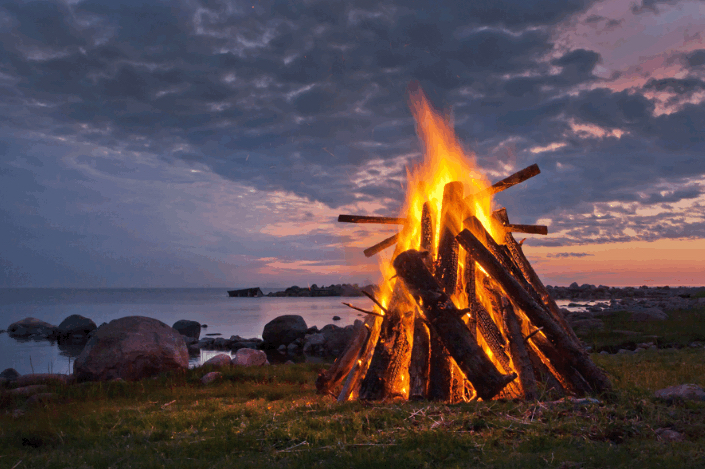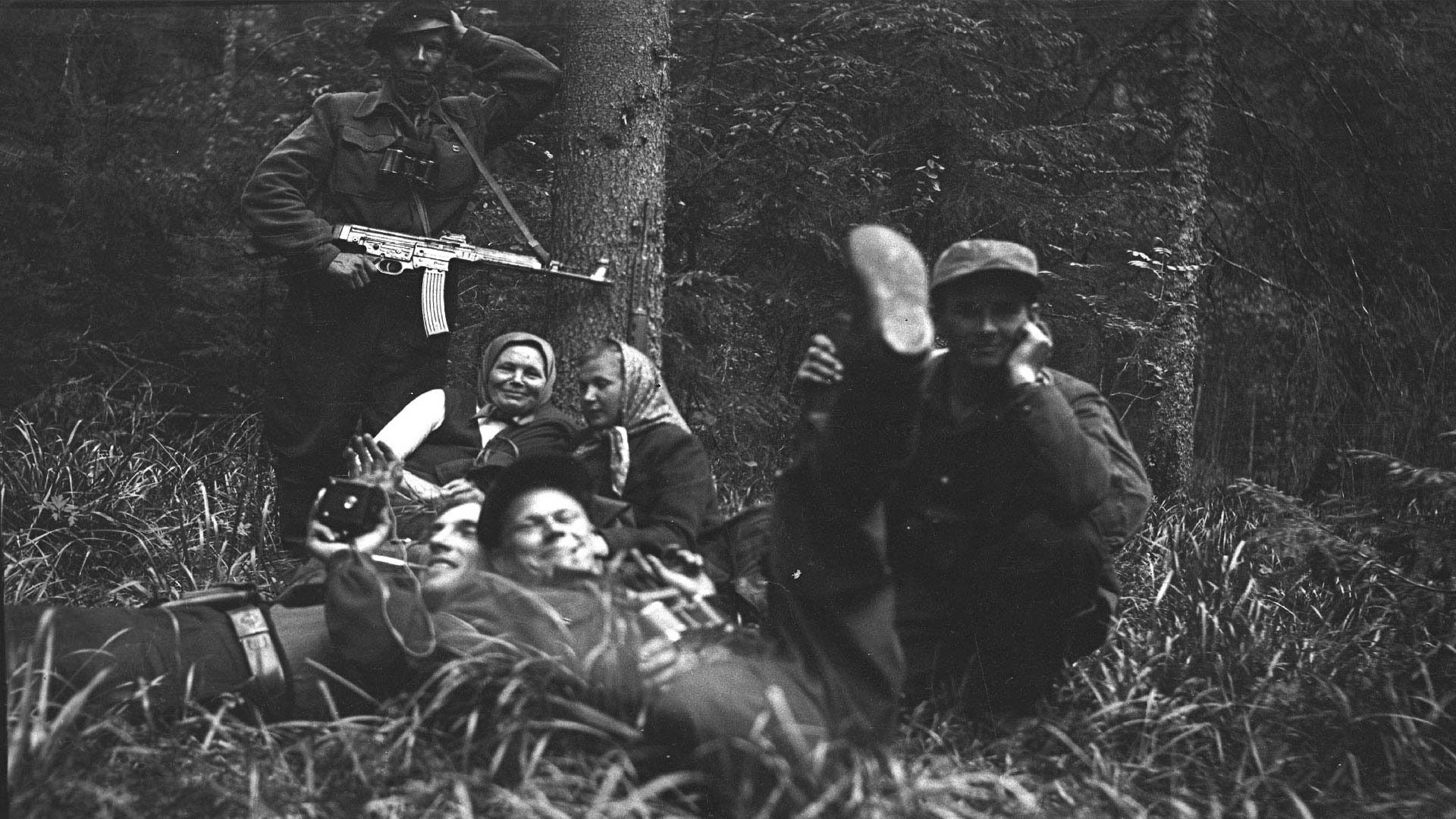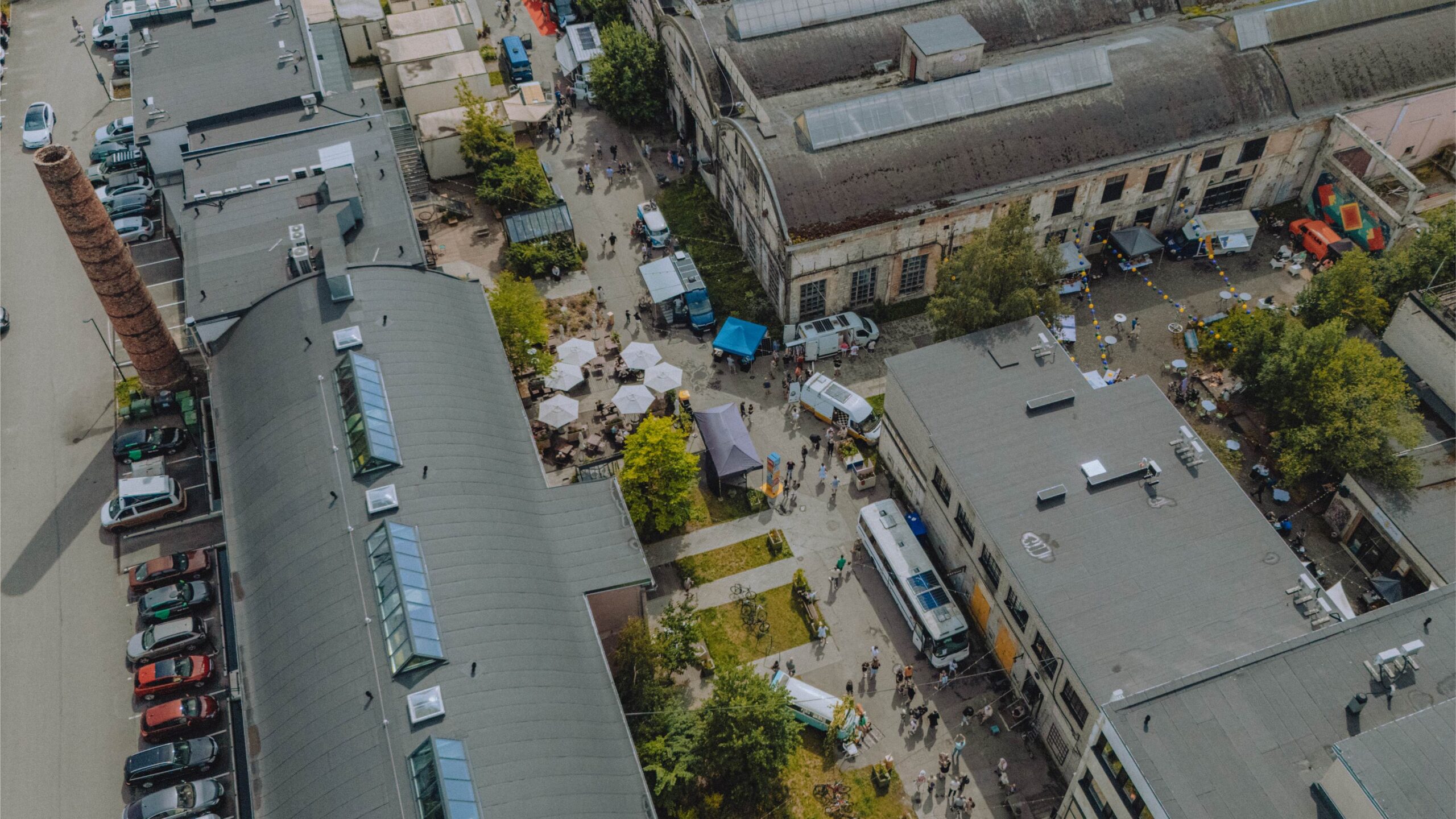Estonian communities in North America and around the world kept many homeland traditions alive, including this beautiful, radiant one—June 23rd to 24th, when dusk and dawn meet.
As I grew older, I learned more and more about the special customs and magical qualities of this ancient holiday as it was practiced in Estonia. There is so much to read and view through the internet that gives access to both modern-day and historic accounts. For example, I am especially grateful for Ahto Kaasik’s class on ancient Estonian spiritual heritage (Eesti Vaimse Pärandi Aluskursus), which I recently completed online.
Today this holiday is known as Jaanipäev (St. John’s Day) and it flourishes in present day Estonia with celebrations and lighting of bonfires throughout the land. But its age-old roots as the summer solstice reach back prior to Christian times. Known by various names, such as Päevakäänak (Day’s turn) or Leedopäev, it has always been one of the most important calendar events of the year. Seasonally, its major importance lay in the start of summer hay-making.
Memoir accounts describe people preparing by cleaning homes; visiting ancestors at the cemetery; gathering birch branches to decorate indoors and out, including their carriages and horses; making birch whiffs for the all-important sauna attendance, preparing foods (especially dairy) and drinks, such as õlu (beer) and mõdu (a unique fermented, alcoholic drink made with water and honey and sometimes added fruits or spices); partaking of rituals for well-being (such as washing eyes with clear stream water or rolling in evening dew); and creating cornflower wreaths—even the cattle were made wreaths of flowers and greens!
I listened to it over and over, mesmerized by her singing! It was our great fortune that Canadian-Estonian singer and record producer Andres Raudsepp had the foresight to record this only recording of that gifted young singer in 1969.
Everyone, young and old, was expected at the bonfire. “Dozens of fires at dusk that shone like stars in the sky, so many you couldn’t count them,” was the recollection of Minna Kokk (1892-1971) who was interviewed by Jaanika Oras (Viie 20 sajandi naise regilaulumaailm). She describes dancing, swinging on the big wooden village swing, the romantic search for a magical fern blossom and an “evening kiss, that on Jaanipäev’s next morning still burned on a maiden’s lips.” The search for the shining fern blossom, which originally was tied to good fortune and later evolved to a sweet courting rite, is amusing since, though mythologically ferns may blossom—botanically, they do not! (There is speculation that a special light in the forest may be Jaanimardikad — glow worms.) But the ritual is lovely and enticing and survives to this day.
There is a long line of moving Estonian songs of midsummer that I have sung and listened to. One of the first songs I learned was Jaan lä’eb Jaanitulele (Jaan goes to the St. John’s Bonfire). Though there are countless older variations, this one is a more “modern” tune set by Riho Päts (1899-1977). As a teenager I heard the most beautiful rendition of this song—sung by Reet Hendrikson, with her simple, flowing voice and artistic guitar accompaniment. I still remember when my older brother Tönu brought back the record for me from Canada and its cover had an inscription to me from Reet. I listened to it over and over, mesmerized by her singing! It was our great fortune that Canadian-Estonian singer and record producer Andres Raudsepp had the foresight to record this only recording of that gifted young singer in 1969.
More recently, I am smitten by the singing of Meelika Hainsoo, whose grounded traditional singing soars to new heights with wonderful improvisation and modern overtones. It is a perfect example of how creative young musicians in Estonia are cultivating ancient art in their own time. Here she is with singers and both acoustic and electronic instruments performing a call to all to come to the St. John’s Bonfire, Tulge Jaanista Tulele.
Finally, an a cappella choral piece by the famous Estonian composer Veljo Tormis (1930-2017), who was greatly inspired to use authentic ancient Finno-Ugric songs as a basis for his many compositions. This is a short one called Jaani Hobu (Jaan’s Steed) about the horse with which Jaan, with a silk-clad maiden, rides to the bonfire. It contains wonderful sound-illustrations, such as rhythmic pace and accents that mimic trotting. The old runic text describes Jaan making for himself—a steed of fire: eyes from coals of fire, ears from stalks of straw, twisting a mane from flaxen, hooves fashioned from bent-grass.
It is this kind of imaginative word painting in the old regilaulud (runic songs) that I find particularly inspiring. It is a window like no other into our ancient history. I sing regilaulud with others or by myself whenever I can. When sung with several people, the regilaul is commonly “call and response,” with the leader and small group in a continuous and overlapping chain of singing. These songs can have many, many verses, and the act of singing is both soothing and hypnotic.
If you would like to try your hand at singing a regilaul yourself, here is a wonderful resource of Estonian traditional music, and this link will take you to a Jaaniöö song with words, translation and notation. You can even hear how 74 year old Marie Sepp sang it in 1937 — imagine, she was born 1863! But how splendidly her singing and the words still resonate.
Tulge Jaaniku tulele, Jaaniku, Jaaniku; Tulge tulda hoidemaie, Jaaniku, Jaaniku; Tulge kirget kaitsemaie, Jaaniku, Jaaniku (Kolga-Jaani)
Come to the St. John’s Bonfire, Jaaniku, Jaaniku; Come tend the fire, Jaaniku, Jaaniku; Leap to guard the flame, Jaaniku, Jaaniku (Kolga-Jaani)
Kaja Parming Weeks




